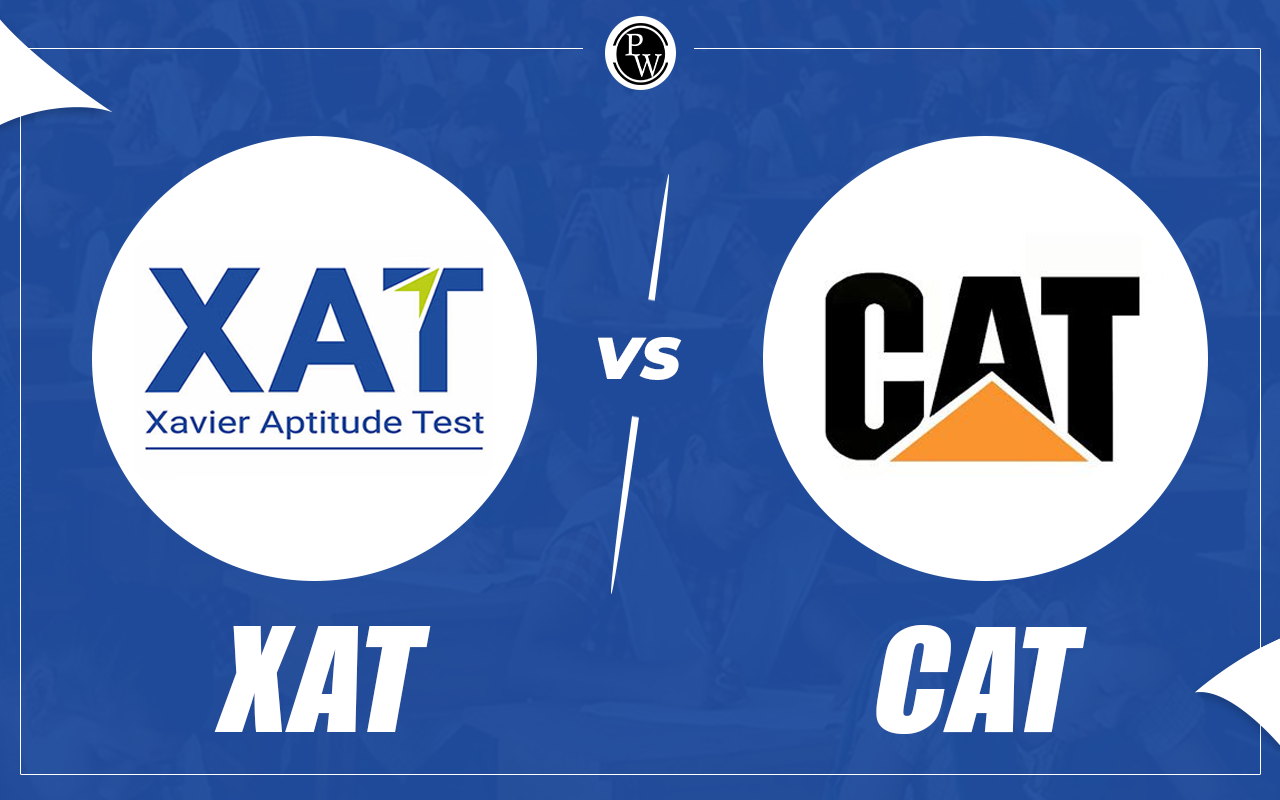
IIM Admission Criteria and Selection Process 2025: Indian Institutes of Management (IIMs) are among the most prestigious business schools in India, attracting thousands of aspirants each year. With intense competition and a rigorous evaluation process, understanding the IIM admission criteria and selection process is crucial for success.
Candidates can check here for a comprehensive overview of the IIM Admission Criteria and Selection Process 2025. From eligibility requirements and CAT exam performance to shortlisting parameters and final selection components like WAT, PI, and academic profile, candidates can explore all key aspects needed to prepare effectively for the upcoming MBA admissions cycle at top IIMs.
IIM Admission Criteria and Selection Process Overview
The IIM admission criteria and selection process for 2025 typically involve a multi-stage evaluation, beginning with the Common Admission Test (CAT). Candidates who meet the minimum CAT percentile and academic eligibility are shortlisted for further rounds, which may include a Written Ability Test (WAT), Personal Interview (PI), and sometimes a Group Discussion (GD). Each IIM follows its specific admission policy, giving weightage to various factors such as academic performance, work experience, diversity, and CAT scores.
|
IIM Admission Criteria and Selection Process Overview |
|
|
Component |
Details |
|
Eligibility |
Bachelor's degree with 50% (45% for reserved) |
|
Entrance Exam |
Common Admission Test (CAT) |
|
Cut-off Percentile |
90-99+ for top IIMs; 70-80 for newer IIMs |
|
Selection Tests |
WAT and PI |
|
Final Selection Basis |
Composite score from CAT, WAT, PI, academics |
IIM Eligibility Criteria 2025
To apply for IIM MBA programs, candidates must meet the following eligibility requirements:
1. Academic Qualifications
-
Bachelor’s degree with minimum 50% marks (45% for SC/ST/PwD).
-
Degrees must be from a recognized university.
-
Final-year students may apply but must complete their degree on time.
2. Entrance Exam for IIM
The only exam accepted for MBA admission into IIMs is the Common Admission Test (CAT).
This aligns with your query cluster:
-
IIM entrance exam
-
which exam for IIM
-
IIM exam for MBA
3. Age Limit
No age limit. Anyone who meets the criteria can apply.
IIM Selection Process 2025: Step-by-Step
The selection process for IIMs consists of multiple stages, focusing on various aspects of a candidate's profile. Here’s a detailed breakdown:
Stage 1: CAT Examination
The CAT exam is the gateway to IIMs, and candidates must achieve the minimum cut-off percentile set by each institute.
Top IIMs typically require:
-
98–100 percentile for IIM Ahmedabad, Bangalore, Calcutta
-
95–97 percentile for IIM Lucknow, Indore, Kozhikode
-
70–85 percentile for new IIMs
Stage 2: Shortlisting for WAT and PI
Candidates who meet the cut-off are shortlisted for:
Written Ability Test (WAT)
Evaluates clarity of thoughts, writing ability, and logical reasoning.
Personal Interview (PI)
Assesses:
-
Academic understanding
-
Communication skills
-
Confidence & personality
-
Work experience (if any)
-
Domain knowledge
-
Goals & motivation
Some IIMs also consider:
-
10th & 12th marks
-
Bachelor’s degree performance
-
Work experience
-
Gender diversity
Academic diversity
Stage 3: Final Selection
-
-
CAT score
-
WAT score
-
PI performance
-
Academic history
-
Work experience
-
Diversity factors
The final merit list is based on a composite score, which typically includes:
-
Each IIM calculates these scores differently, applying specific weightages to each component. For instance, top-tier IIMs may place more emphasis on CAT scores compared to newer institutes.
Admission to IIMs is a rigorous process that requires careful preparation and strategic planning. Candidates must not only excel in the CAT exam but also perform well in subsequent assessments like WAT and PI. Understanding the eligibility criteria and selection process is crucial for aspiring students aiming to secure a place in one of India’s premier management institutions.
Expected IIM CAT Cut-Offs 2025
IIM CAT qualifying cut-offs indicate the minimum percentile candidates need to be considered for admission. In contrast, the IIM CAT final cut-offs show the percentile candidates need to get the admission call letter. The following table presents the expected qualifying and final CAT cut-off for various IIMs based on previous years’ trends:
|
IIM CAT Cut-Off (Expected) |
||
|
IIM |
Qualifying CAT Cut-Offs |
Expected Final CAT Cut-Offs |
|
IIM Ahmedabad |
80 |
99-100 |
|
IIM Calcutta |
85 |
99 |
|
IIM Bangalore |
85 |
99-100 |
|
IIM Indore |
90 |
97-99 |
|
IIM Lucknow |
90 |
97-99 |
|
IIM Amritsar |
85 |
95-96 |
|
IIM Kozhikode |
85 |
97-98 |
|
IIM Sambalpur |
93 |
95-96 |
|
IIM Nagpur |
85 |
95-96 |
|
IIM Raipur |
93 |
94-95 |
|
IIM Trichy |
93 |
94-95 |
|
IIM Kashipur |
94 |
94-95 |
|
IIM Ranchi |
93 |
94-95 |
|
IIM Udaipur |
93 |
92-94 |
|
IIM Vizag |
80 |
92-94 |
|
IIM Shillong |
75 |
90-94 |
|
IIM Bodhgaya |
93 |
92-94 |
|
IIM Rohtak |
95 |
95-97 |
|
IIM Sirmaur |
93 |
90-94 |
|
IIM Mumbai |
85 |
90-94 |
|
IIM Jammu |
93 |
90-94 |
How to Get Admission in IIM?
To get admission in IIMs, you must:
-
Score high in CAT
-
Maintain strong academics
-
Build communication skills for PI
-
Develop clarity on career goals
-
Have meaningful internships/work experience (optional but beneficial
6. Perform well in WAT/PI rounds
Which Exam Is Required for IIM Admission?
The only exam accepted for MBA admission into IIMs is CAT.
No other exam (XAT, MAT, NMAT, GMAT within India) is accepted for flagship MBA/PGP programs.
IIM Admission Criteria and Selection Process 2025 FAQs
What is the minimum eligibility to apply for IIMs in 2025?
Which exam is required for IIM admission?
What are the key stages in the IIM selection process?
What is the CAT percentile required for top IIMs?
Do all IIMs follow the same selection criteria?










